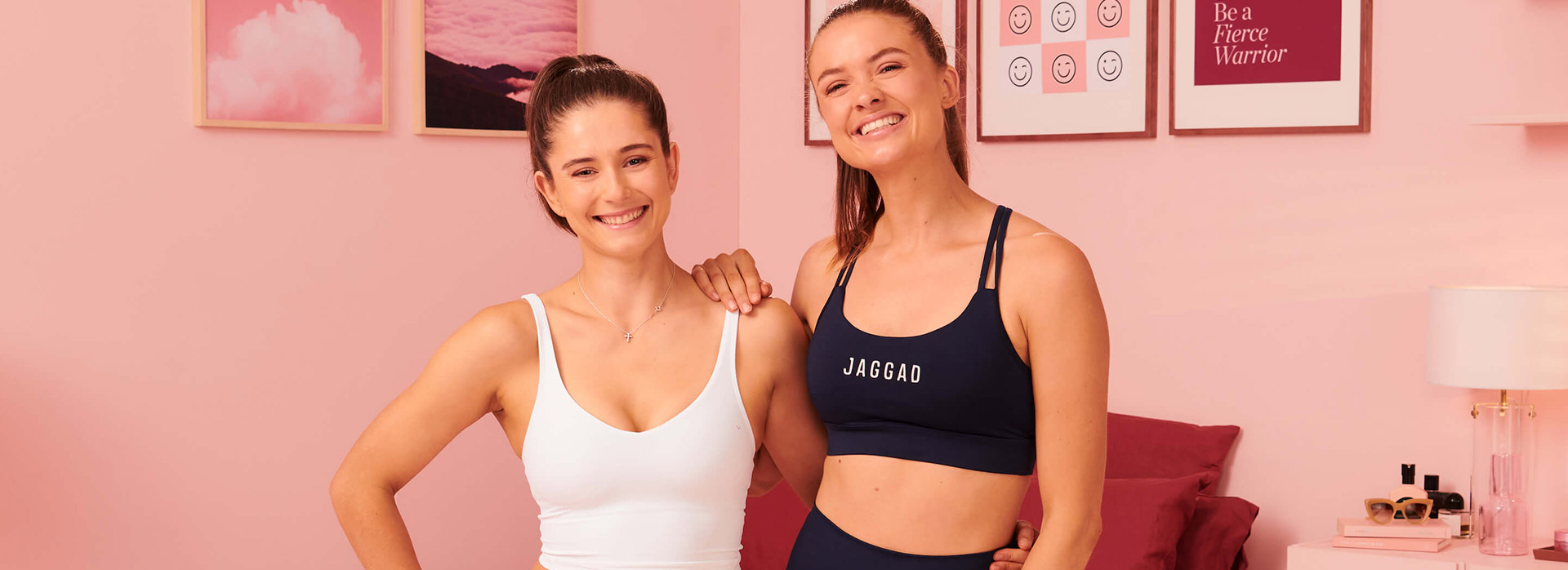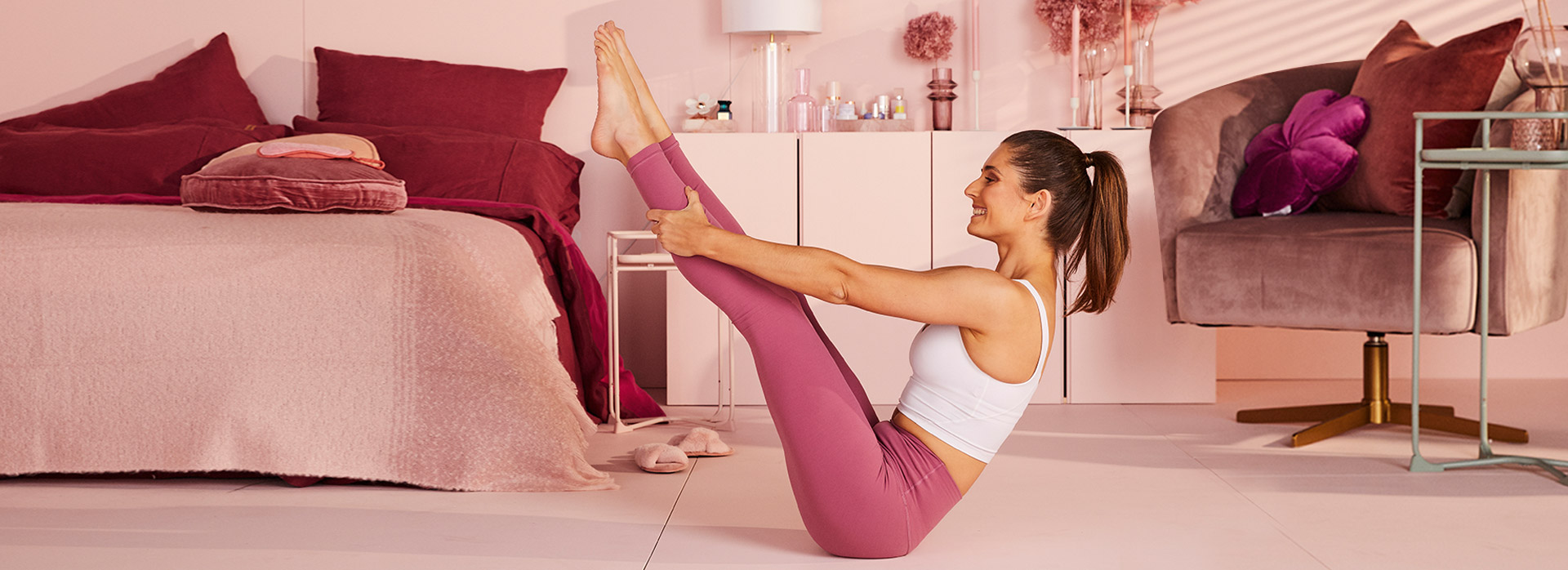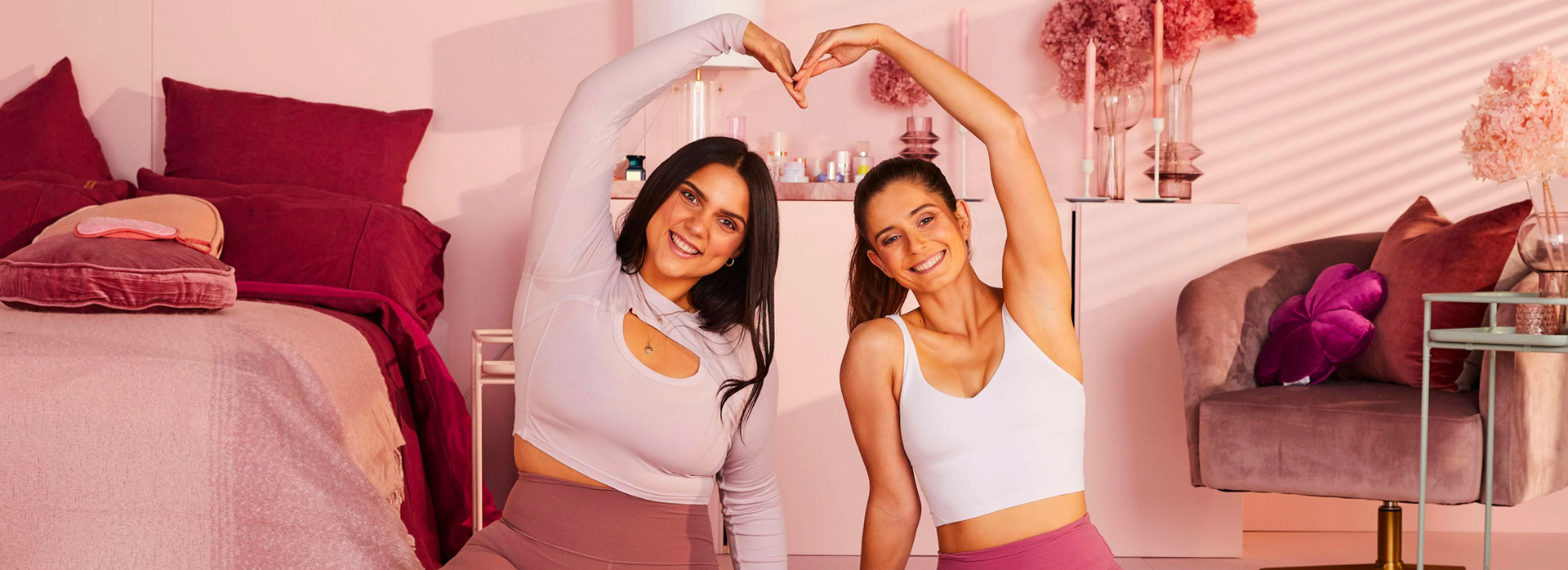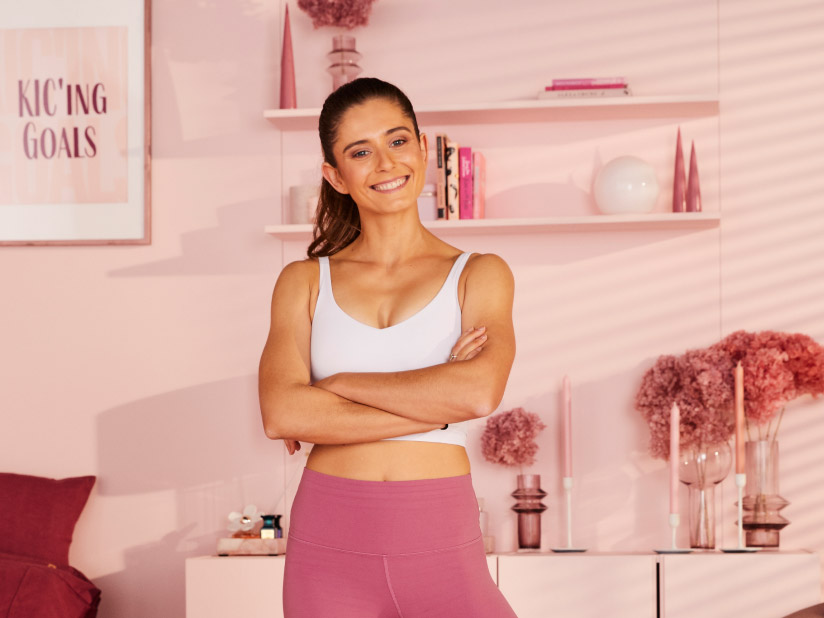Key Elements of Pilates
Four Pilates Areas that will help improve your practise (on and off the mat)
Pilates is one of my absolute staple exercise routines every week – no surprises there, I’m sure! It’s such a great way of achieving balance, head to toe strength, core endurance, and coordination.
Particularly if you are new to Pilates, I know that it can feel a bit overwhelming, with so many things to think about in terms of how you are moving! So, in this Blog, I thought I would share 5 Key Pilates Areas that help to form the building blocks to more ideal posture, and better movement through Pilates.
1. Alignment
Let’s start with the ‘A, B, C’s: A is for alignment! Before you get started with your exercise, whether you are lying on your back, or standing up, think about finding a ‘neutral’ spinal alignment. What does this mean? Well, a neutral alignment is one where you are supporting the natural curves of your spine – Neutral alignment should feel relaxed, not forced or strained. Taking the time to correctly set up body alignment before moving your body, will mean you will be executing the exercise better, but the goal is also that you can take your ideal alignment with you when you are off the mat, in day to day life. Alignment may change depending on the goal of an exercise, but most typically, a neutral posture is the goal.
2. Breathing
B is for breathing! Oxygen is our major life source and correct breathing can help to reduce unnecessary pressure particularly around the core, as well as reduce muscular tension. The idea with Pilates, is to support the natural movement of the ribcage when we are breathing. When we inhale, we want to aim to allow air to reach the lower part of the lungs, and as a result they may naturally expand out. As we exhale, the air will be released, and the muscles around the rib cage will relax. Breathing should not be forced or strained, and it should be applied to support a movement. The breathing pattern may vary for different exercises, depending on the load and goal.
3. Centering:
If you’ve done a few Pilates classes, you know the teacher will mention ‘centering’ or ‘deep core awareness’ many times throughout the session! Our core abdominal muscles are not just the outer six-pack muscle that everyone sees – there are actually four layers of muscles. ‘Centering’ refers to having an awareness of our deepest stomach muscles, (as well as our deepest lower back muscles, and the pelvic floor), in order support the body.
4. Upper body awareness:
When we think of upper body awareness, we are mainly referring to the position of the ribcage, shoulder blades, and head and neck. The goal is to maintain a ribcage alignment that supports the natural curves of the spine, so that the lower ribs aren’t flaring forward or swaying backwards. We also want the shoulder blades to be stable around the back of the ribcage. The goal is a neutral head and neck position, that supports the natural curves of the neck, rather than tense or slouched positions.
Having an awareness of these Key Pilates Principles can help to take your practise to the next level, in terms of getting the most out of each exercise, and also potentially avoiding injury. Remember if you are ever in doubt, it can be invaluable to check in with a relevant health professional such as a Physiotherapist, who can check your technique and offer you individualised support in your training. I hope everyone has a fantastic week, both on the mat with KIC, and off it too.
You might also like

- Blog
- FITNESS
It’s no secret that I love workouts that really get the heart pumping, and Cardio Pilates does exactly that…

- Blog
- FITNESS
Mari’s hot tips on how to get the most out of your Pilates workouts. Here are a few tips on how to get the most out of your Pilates workouts! It’s easy enough to just go through the motions when you are doing a workout, so here are a few extra tips that might help […]

- Blog
- FITNESS
We’ve been working up a sweat to bring our amazing KIC community a brand new series of Pilates masterclasses! Join our passionate Pilates instructors, Christina and Mari, as they guide you through a range of energising exercises, now available via the KIC app.



